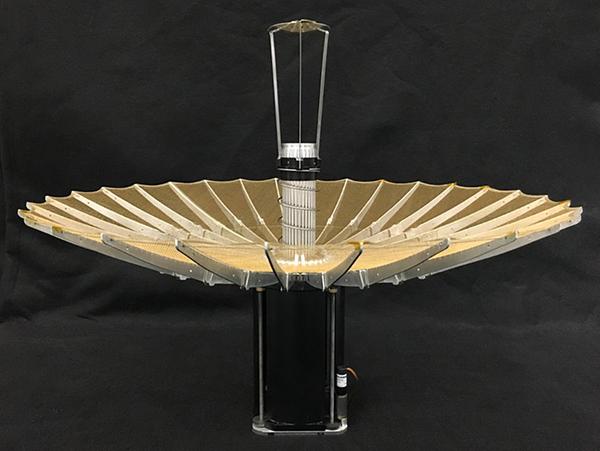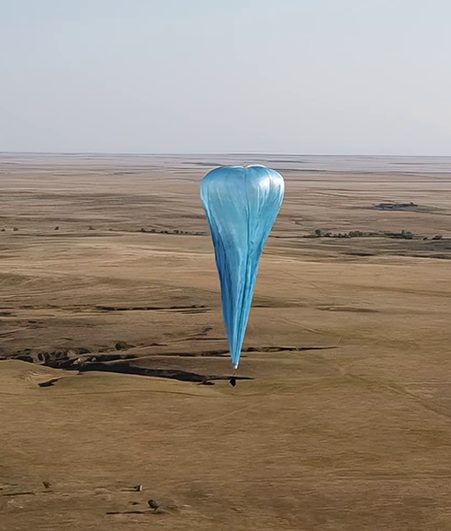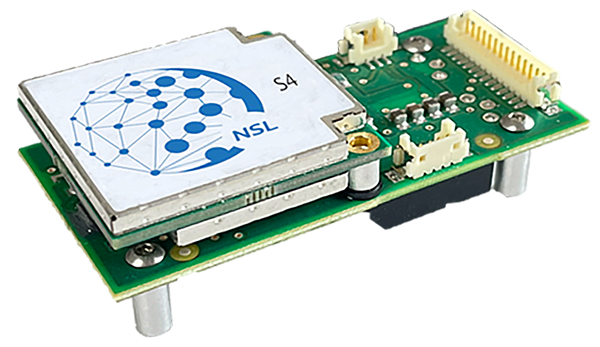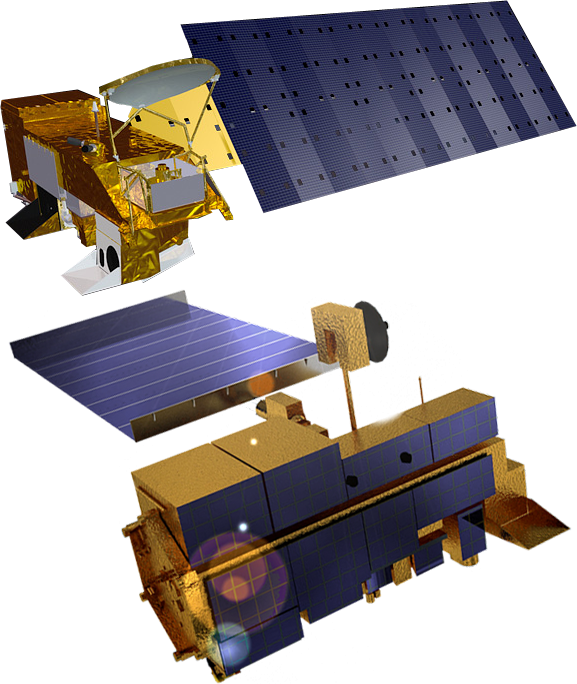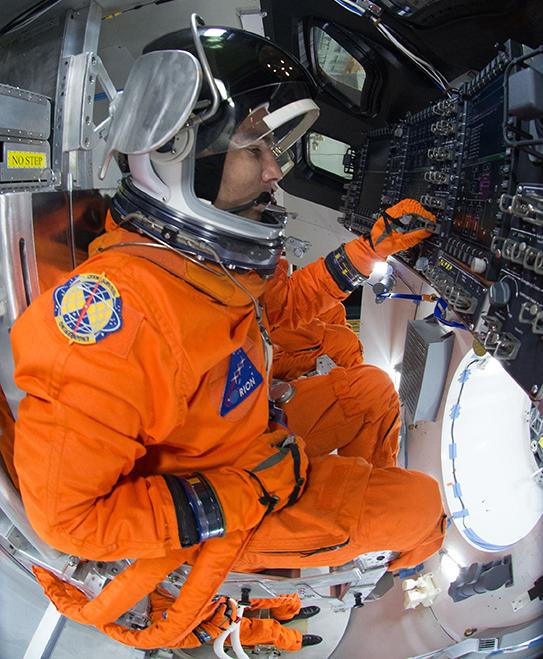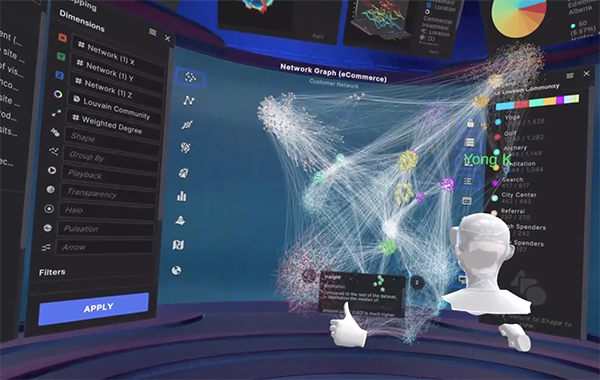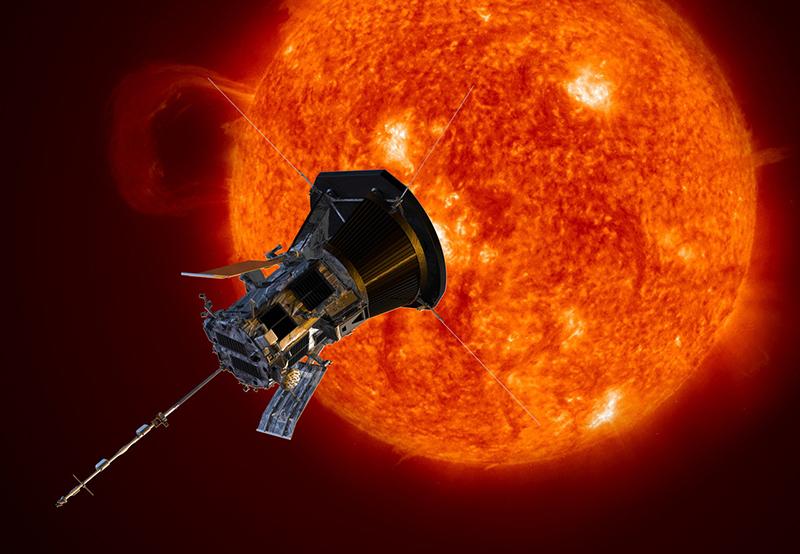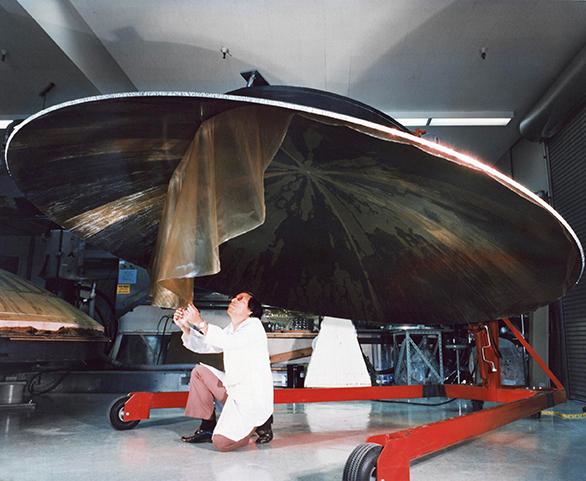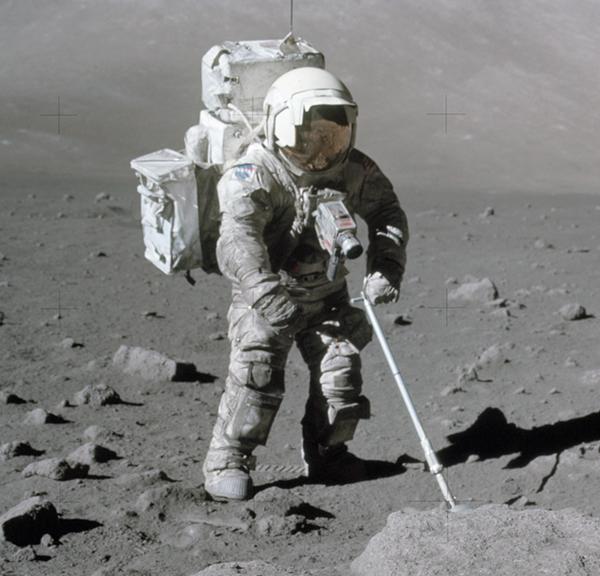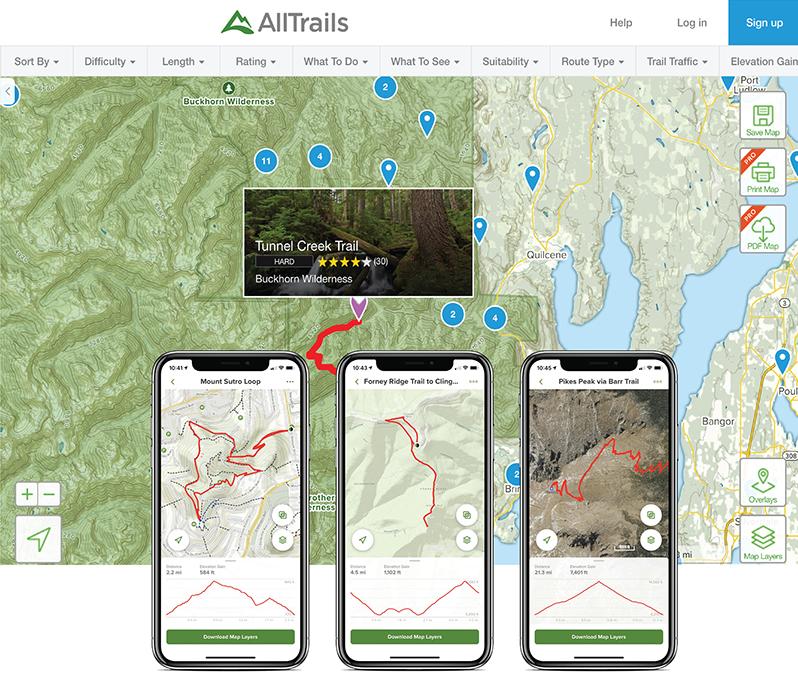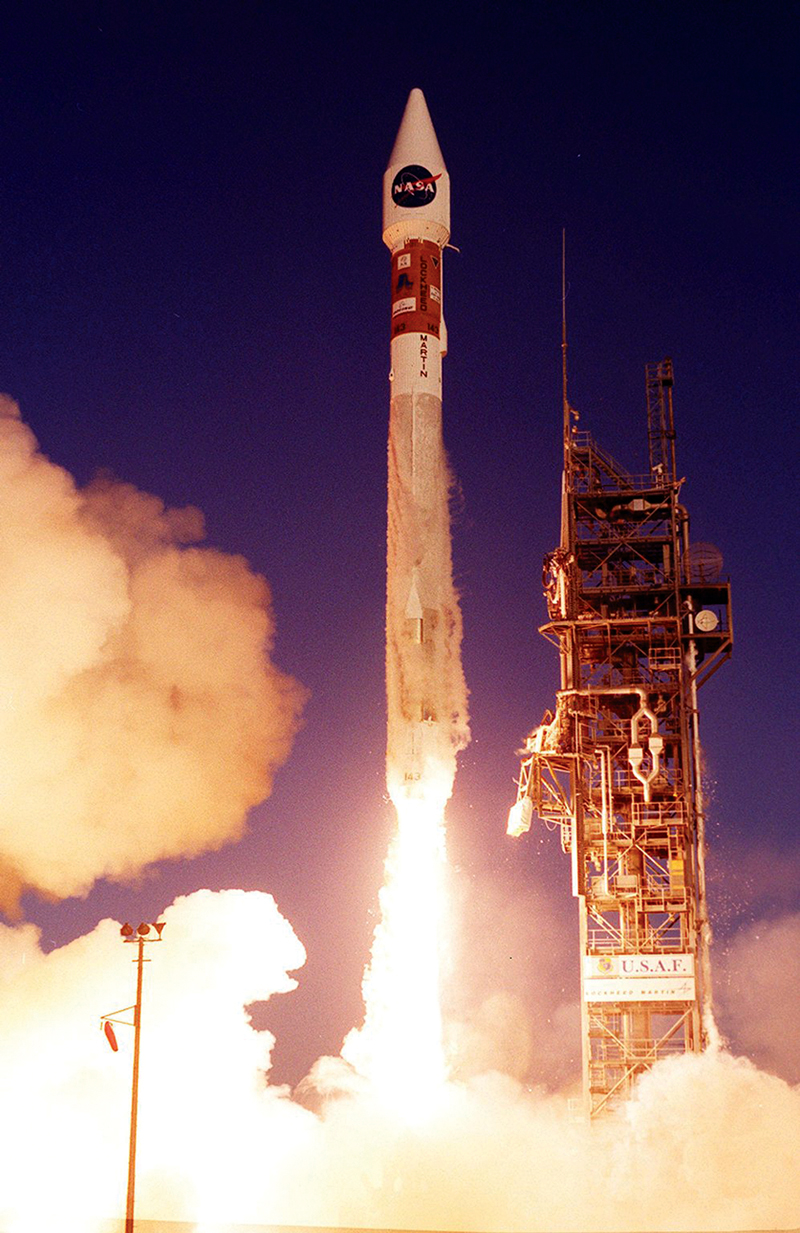
Telemetry Boards Interpret Rocket, Airplane Engine Data
Originating Technology/NASA Contribution
For all the data gathered by the space shuttle while in orbit, NASA engineers are just as concerned about the information it generates on the ground. From the moment the shuttle’s wheels touch the runway to the break of its electrical umbilical cord at 0.4 seconds before its next launch, sensors feed streams of data about the status of the vehicle and its various systems to Kennedy Space Center’s shuttle crews. Even while the shuttle orbiter is refitted in Kennedy’s orbiter processing facility, engineers constantly monitor everything from power levels to the testing of the mechanical arm in the orbiter’s payload bay. On the launch pad and up until liftoff, the Launch Control Center, attached to the large Vehicle Assembly Building, screens all of the shuttle’s vital data. (Once the shuttle clears its launch tower, this responsibility shifts to Mission Control at Johnson Space Center, with Kennedy in a backup role.)
Ground systems for satellite launches also generate significant amounts of data. At Cape Canaveral Air Force Station, across the Banana River from Kennedy’s location on Merritt Island, Florida, NASA rockets carrying precious satellite payloads into space flood the Launch Vehicle Data Center with sensor information on temperature, speed, trajectory, and vibration.
The remote measurement and transmission of systems data—called telemetry—is essential to ensuring the safe and successful launch of the Agency’s space missions. When a launch is unsuccessful, as it was for this year’s Orbiting Carbon Observatory satellite, telemetry data also provides valuable clues as to what went wrong and how to remedy any problems for future attempts.
All of this information is streamed from sensors in the form of binary code: strings of ones and zeros. One small company has partnered with NASA to provide technology that renders raw telemetry data intelligible not only for Agency engineers, but also for those in the private sector.
Partnership
Ulyssix Technologies Inc., of Frederick, Maryland, has a long-standing and comprehensive relationship with NASA beginning with the company’s founding in 2000. A woman-owned small business focused on supporting the telemetry ground-based market, Ulyssix provides a range of telemetry processing solutions. “Pretty much all of our products are in use at different NASA facilities,” says Glenn Rosenthal, the company’s president and CEO. Beyond shuttle and rocket telemetry at Kennedy and Cape Canaveral, Ulyssix products are used for monitoring sounding rocket launches at NASA’s Wallops Flight Facility and for Glenn Research Center simulations for the Constellation Program. The company is also exploring collaboration with Langley Research Center to provide support for wind tunnel testing of the Orion crew exploration vehicle.
In 2007, Ulyssix entered into a Space Act Agreement with Kennedy. The ongoing partnership allows NASA and the company to share resources to further the development of Ulyssix’s pulse code modulation (PCM) processor board—the TarsusPCM, currently in use by the Center for space shuttle and rocket launches—and related software for the benefit of both parties. Ulyssix’s highly versatile TarsusPCM processing board can perform a range of data acquisition and telemetry processing functions, allowing it to bit synchronize (recover the speed of the data transmission), frame synchronize (group the ones and zeros), and decommutate (separate the frame block into individual words that correspond to measurement values) binary code telemetry data. In simple terms, the technology translates the data into understandable measurements to be fed into display systems for engineer analysis. The TarsusPCM is also outfitted with a full PCM simulator that allows engineers to run tests using past data. The device can additionally record live data and then feed that data through the board’s simulator as though it were real-time information. Under the agreement, Ulyssix has also been working with Dryden Flight Research Center, which utilizes these latter capabilities for aeronautical testing involving drone aircraft.
Ulyssix has been quick to modify their products to support the needs of the space shuttle program. Many of the suggestions made in conjunction with the shuttle program have been permanently incorporated in the company’s products and made available to other users, governmental and non-governmental alike.
Product Outcome
Beyond its extensive role in NASA missions, the company’s Tarsus line provides support to a host of military and aerospace applications. Eglin Air Force Base has employed Linux code created under the NASA Space Act Agreement to use the TarsusPCM card for remote-controlled drone testing. Pratt & Whitney (a division of United Technologies Corporation) and Embraer S.A. are utilizing Ulyssix Tarsus hardware for jet engine and airplane testing and development. ATK Space Systems incorporated the company’s technology into the ground-support equipment for the satellites it built for NASA’s Time History of Events and Macroscale Interactions during Substorms—otherwise known as THEMIS—mission to study the activities of Earth’s magnetosphere that lead to spectacular events like the Northern Lights. Ulyssix is also providing satellite launch support for the United Launch Alliance, a joint venture between Lockheed Martin Corporation and Boeing that offers launch services for the U.S. Government. In addition, Rosenthal notes that Ulyssix products are ideal for the private space industry and is looking forward to expanding the company’s reach into this developing field. “Our products are 100-percent compatible with these efforts,” he says.
The Tarsus line is one of several offered by the company, each named for anatomical parts of the company’s symbol, the bald eagle. (The tarsus is part of the eagle’s leg; the company’s Syrinx line is named for the eagle’s vocal cords, the Hallux line for the eagle’s opposing toe, and the Talon line for the eagle’s claws.) Ulyssix’s products have not only benefitted from NASA’s technical assistance, but from their association with the Agency.
“Having the credentials of NASA behind my products has been a great reference,” says Rosenthal.
Ulyssix’s partnership with NASA promises to encourage future evolution of its products and capabilities: The company’s processing hardware is supporting special testing of the space shuttles to help with the progress of the Constellation Program. This includes interpreting data from seat sensors to determine the different forces impacting the astronauts during launch—data that will help with the development of the Orion capsule, the space shuttle’s eventual successor. Rosenthal expects Ulyssix will continue to advance its telemetry expertise in support of the Constellation Program.
“Rather than just supporting space shuttle launches, our equipment is helping enable this research going forward,” he says. “Our hardware is helping build a bridge between the shuttle and Constellation.” As more aerospace companies incorporate the TarsusPCM into their efforts, it seems likely that Ulyssix’s technology will provide a bridge to future commercial aerospace endeavors, as well.
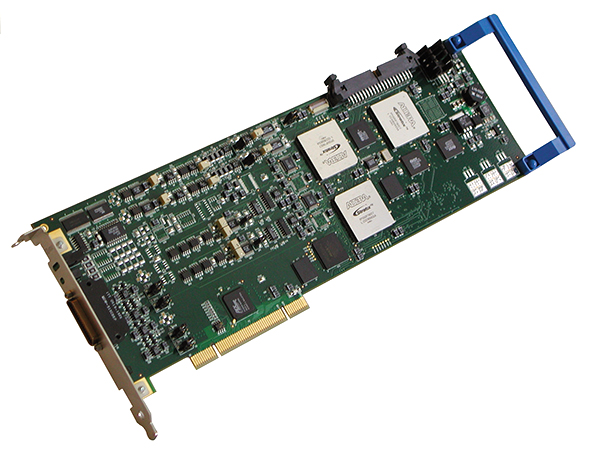
The TarsusPCM board—enhanced through Ulyssix’s partnership with NASA—translates raw telemetry data into understandable measurements for engineer analysis, playing an essential role in satellite launch and ground support, as well as the testing of remote-controlled drones and jet engines.

Ulyssix telemetry products support NASA rocket launches from Wallops Flight Facility and Cape Canaveral Air Force Station—the site of this Atlas IIA rocket launch, carrying a satellite into space.




